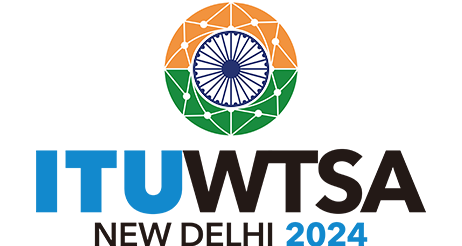In-village water supply infrastructure
To provide FHTCs to all rural households, in-village water supply infrastructure will be created through Single Village Scheme (SVS)/ Multi Village Scheme (MVS)/ solar power-based stand-alone schemes for scattered areas. The Gram Panchayat and/ or its subcommittee, i.e. VWSC/ Paani Samiti/ User Group, etc. will be responsible to plan, implement, manage, operate and maintain in-village water supply infrastructure and water resources including greywater management to meet drinking and domestic needs. It will include protection of drinking water source(s) as well as treatment and reuse of greywater
For every Village, Village Action Plan (VAP) for providing FHTCs to all households will include cost estimates, implementation schedule, O&M arrangement, contribution from each household towards partial capital cost and O&M, type design of ESR/ sumps, washing and bathing complex with a toilet for poor landless families, cattle trough, greywater management, source sustainability measures, plan to maintain all water bodies in village, etc. The VAP will plan for piped water supply in scattered settlements as per the requirement. The format for preparation of VAP is at Annex XA which can be further modified as per local requirement. The VAP under JJM will be integrated with Gram Panchayat Development Plan (GPDP).
Regional water supply and distribution network
In villages with water quality issues and paucity of surface water sources, especially in drought-prone and desert areas, to achieve water security bulk water transfer from long distances is a reality. Further, in drought-prone and desert areas, where it is not possible to have water supply through conjunctive use, a similar approach to transfer bulk water from long distance will be adopted. In States with water-scarce/ areas lying in rainshadow region with inadequate rainfall, it is necessary to plan for regional water supply schemes covering both urban and rural areas of this region by sourcing water from a perennial surface source.
Since the water is transferred from long distance at a very high cost, it is essential to have least loss of water during transmission. For this purpose it is necessary to have District Metering Area (DMA) with SCADA systems and/ or sensor-based mechanism to reduce non-revenue water.
Bulk water transfer/ multiple village schemes have higher per capita & maintenance costs, and require skilled human resources. Hence, the States have to judiciously plan these works, preferably as a last option, keeping in view the availability of resources and future O&M expenditure.
Convergence
There are number of ongoing Central and State funded schemes for water conservation, ground water recharge, rain water harvesting and greywater management aiming to achieve water security. Convergence of JJM activities with such ongoing schemes will augment funds and enhance water resources in terms of quality, quantity and longevity. While convergence activities are to be taken up under in-village infrastructure, special efforts are to be made in DDP/ DPAP, forested and tribal areas, water quality-affected and water-stressed areas, etc. for achieving water security. In addition to water conservation activities taken up through convergence, the mission will also converge with other Central and State government programmes aimed at skill development, training, capacity building and awareness generation among communities.












